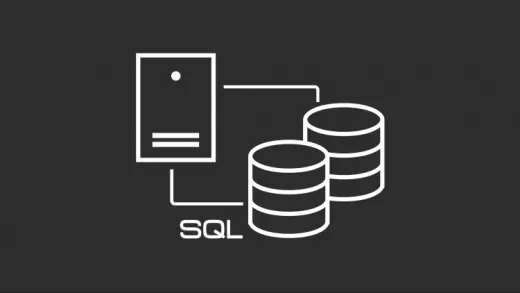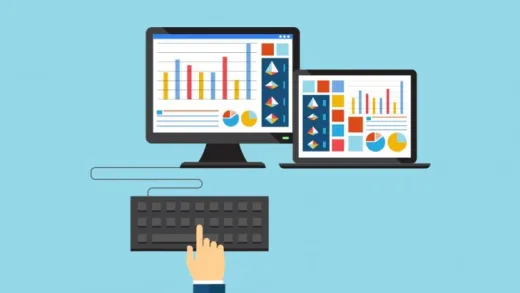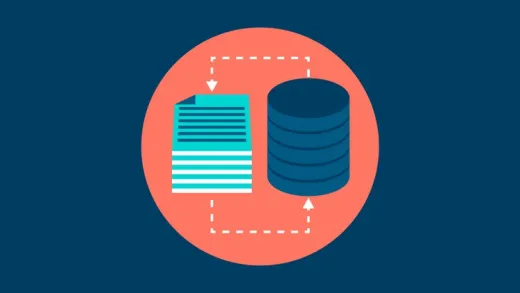Brief Summary
This course is your buddy in understanding databases! Whether you're an analyst, designer, or developer, you'll learn to navigate and utilize databases like a pro—while having fun!
Key Points
-
Learn to read databases like a book!
-
Quickly navigate unfamiliar databases.
-
Discover techniques applicable to most SQL databases.
Learning Outcomes
-
Gain skills to write better SQL queries rapidly.
-
Understand existing database structures for design purposes.
-
Use databases as effective documentation for systems.
About This Course
Learn how to understand a database and what a database is doing for your business.
What would you do if you were presented with an unfamiliar database and no documentation?
When you have completed this course you will be able to answer this question. You will have a plan, a method and several techniques you can use. This course is for:
You will learn how to find your way around a database quickly and efficiently. You can become the “go to” person in your specialisation simply by being able to “read a database like a book”. You become the person with the map, or the book of instructions!
If you are an analyst this course will enable you to write better queries more quickly, and you will learn how the database influences what the system can do.
If you are moving into database design, learning to “read” will allow you to use existing databases as a resource which you can understand, criticise and copy.
As a developer this course shows you how to use the database as documentation for the system it supports.
I wrote this course as an extended tutorial. I started with one of Microsoft’s example databases and documented the method I use as I went through it. Although I used SQL Server and the associated tools, the method is applicable to most SQL databases. We will go through the same journey together and you will learn what I discovered along the way. You can choose to repeat what I do yourself to gain experience with the technique, or you can choose simply to observe.
Come along! Sign up! There are some surprises and a lot of fun to be had!
Learn about an unfamiliar database quickly
Construct a physical data model
Recognise the role of each table






Dave Z.
He presented a good way to look at an existing database and understand how it fits together.